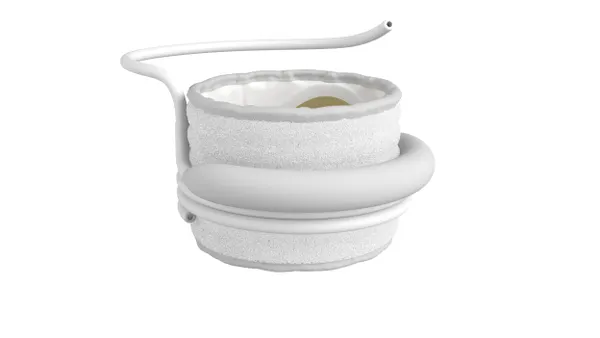Dive Brief:
- Researchers at the Mayo Clinic’s Florida campus are studying whether a small camera using special software can monitor an astronaut’s vital signs from several feet away in space.
- Exos Aerospace Systems & Technologies carried the device into space in its Sarge suborbital rocket that launched over the weekend from New Mexico.
- The health-monitoring technology is being developed by Oxehealth, a spinoff of England’s Oxford University.
Dive Insight:
Astronauts now monitor their vital signs only intermittently for health experiments because to do so requires multiple medical devices that can be bulky and invasive. The Mayo Clinic device would track vital signs continuously and from a distance, leaving the astronauts hands-free and saving cargo space, according to the hospital.
The camera analyzes pulsations in the blood vessels of a person’s face to track heart beats and respiration rates. The Mayo Clinic said research studies in the U.K. have demonstrated the accuracy of the technology in settings including acute and mental health hospitals, and a version of the device is being evaluated for marketing certification in Europe.
“Not only will this tool help ensure the health of astronauts and space tourists, on Earth, it could be beneficial in telemedicine and home health care,” said William Freeman, a Mayo Clinic neurologist working on the project with his wife, Michelle Freeman, a pulmonologist and critical care specialist at the hospital. The Freemans are applying for NASA research funding.
On the unmanned Exos flight, the study assessed the movements of a second hand of a watch floating in a canister. Next steps would involve testing the camera on people in simulated microgravity, and then on astronauts onboard the International Space Station or commercial space ventures.
The reusable Exos rocket had a successful test launch Saturday from Spaceport America in New Mexico, according to Spacenews.com. The rocket reached a peak altitude, then returned under parachute to land not far from the launch pad, according to the report. Spaceport America is near the U.S. Army’s White Sands Missile Range.
The Canadian Space Agency is also developing a simpler method for tracking astronauts’ vital signs via a wearable garment that continuously records physiological data. The agency is planning to launch the Bio-Monitor system into space in November.







